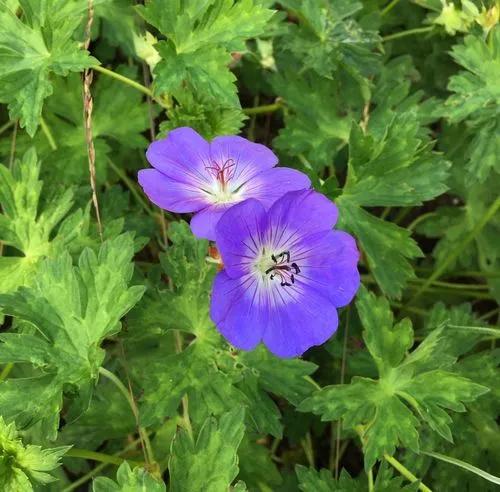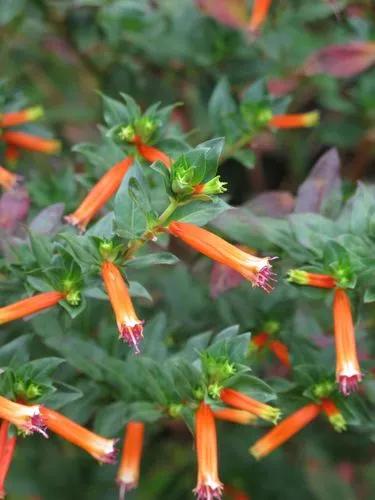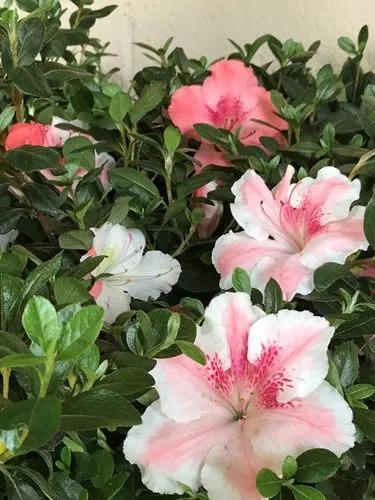Bignonia capreolata is a vine commonly referred to as crossvine. The common name refers to the cross-shaped pattern revealed when the stem is cut; this pattern results from four radial wedges of phloem embedded within the stem’s xylem. It is native to the central and southern United States. The vine climbs without twining but does produce tendrils.
Tangerine Beauty Crossvine Care
Bignonia Capreolata 'tangerine Beauty'



How to Care for the Plant

Water

Tangerine Beauty crossvine will thrive with virtually no supplemental water, although regular watering will help it look its best in hot, dry areas. Water weekly during their first year or two in the garden, watering until the top 6 to 15 inches of soil are saturated. Established Tangerine Beauty crossvines require virtually no water, although they should be watered during prolonged dry spells or if the soil dries out completely in the top 3 inches, providing roughly 1 inch of water at each watering. A 1- to 2-inch layer of mulch around the base of the vine will decrease its water needs during summer and help protect its roots.

Pruning

Crossvine does not require pruning, however can be pruned as needed to keep the vine tidy and/or in bounds. If desired, use bypass hand pruners immediately after spring flowering to remove stray shoots or to shape or reduce the size of the vine.

Fertilizer

Tangerine Beauty crossvines grow vigorously and rarely need fertilizer. However, a light annual application of fertilizer can help promote denser foliage growth and more spectacular flowering in older specimens. Sprinkle 1 tablespoon of granular, 12-4-6 analysis fertilizer around the vine four to six weeks after planting in spring. Once established, feed each spring with a half-strength general purpose or 12-4-6 analysis fertilizer solution composed of 1/2 teaspoon of fertilizer dissolved in 1 gallon of water. Always apply fertilizer to moist soil to prevent root burn and discontinue feeding if the vine develops weedy, leggy growth.

Sunlight

Honeysuckle is easy to grow and prefers well-drained soil in full sun to partial shade.

Soil

Needs Moist but Well-Drained soil.

Temperature

In moderate climates, honeysuckle usually needs very little protection from cold weather. This is especially true for frost-hardy species, such as Lonicera sempervirens, which can withstand even hard frosts and snowy weather. ... Some tender honeysuckles can also be damaged by strong winter winds or rain.

Popularity

187 people already have this plant 22 people have added this plant to their wishlists
Discover more plants with the list below
Popular articles






